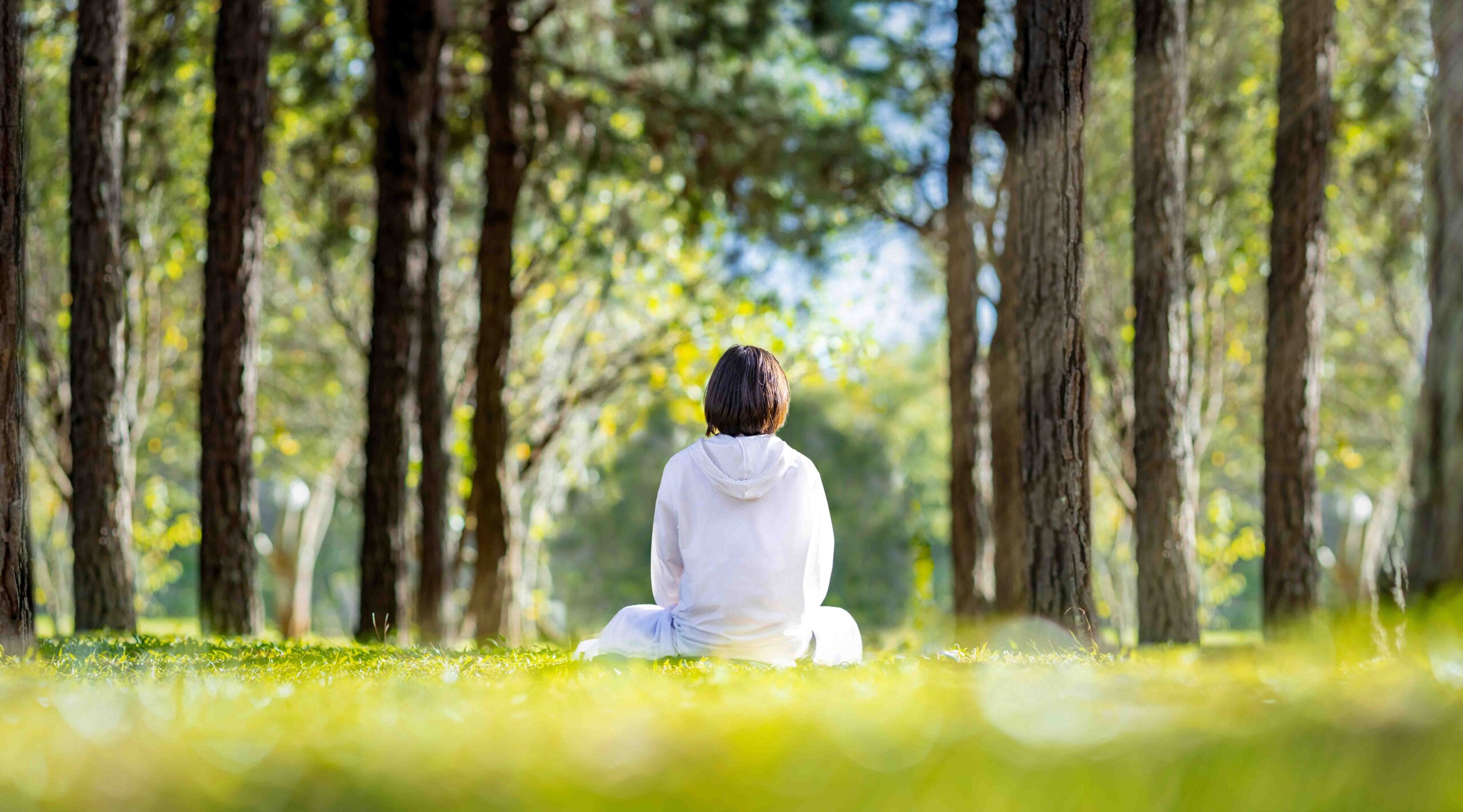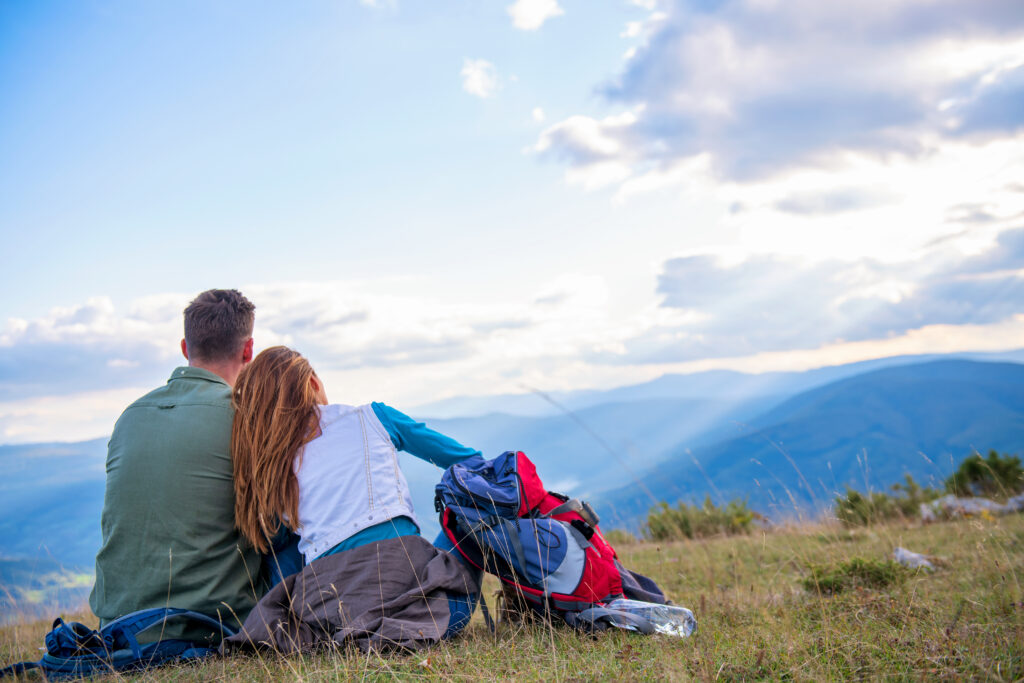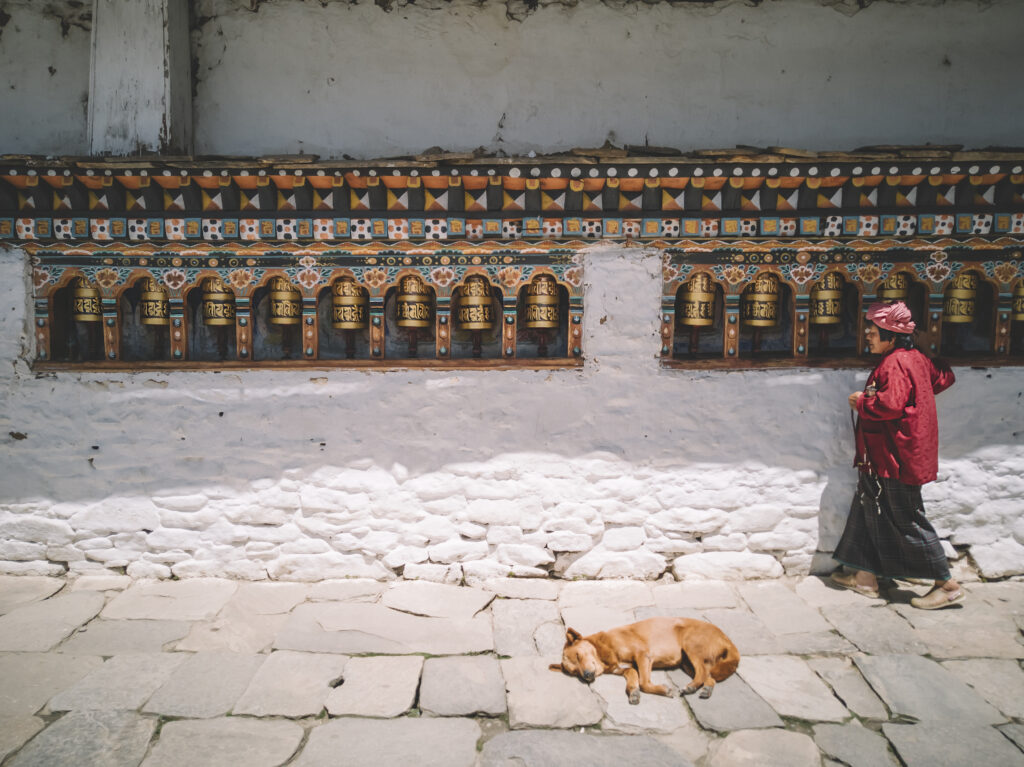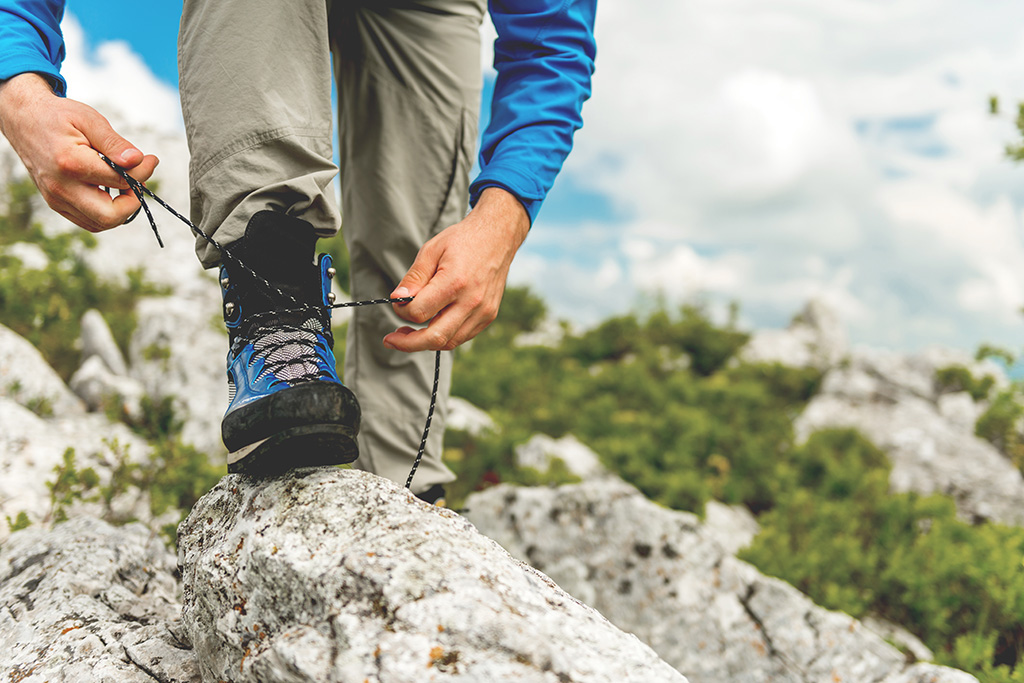Besides our tours for culture, festivals, and trekking, we also offer customized tours based on your specific requirements. These tours can be for different purposes: honeymoon; photography; bird watching; MICE; spiritual and wellness. The incredible landscape of Bhutan makes it a wonderful destination for honeymoon, photography, and bird watching. For MICE tours, we can arrange different activities for visitors to take part in like sightseeing and nature walks. Bhutan’s luxurious spas, and temples are perfect places for a contemplative meditation or a retreat session to relax your mind and body.

Tour duration: 7 nights/ 8 days.
Tour destinations: Thimphu, Gangtey, Punakha, and Paro.
Embark on a journey of self-discovery and adventure to the serene and enchanting land of Bhutan. Immerse yourself in the breathtaking natural beauty of this magical country, while also taking time to connect with your inner self through yoga and meditation. This 8-day Bhutan Retreat Tour offers the perfect opportunity to find peace and guidance for your mind and soul. As you explore the stunning landscapes and meet new people, you may discover new facets of yourself. Return to your daily life with a renewed sense of clarity, strength, and determination. Let Bhutan be your sanctuary, and this retreat be your soothing journey to healing and growth.
Day 1: Arrive in Paro and travel to Thimphu
- Altitude in Thimphu: 2,400m
- Distance: 55km
- Estimated travel time: 1.30hrs
Welcome to the breathtakingly serene and tranquil land of Bhutan, where you can truly unwind and connect with your inner self. The stunning landscapes and rich cultural heritage of this Himalayan Kingdom will transport you to a world of peace and tranquility.
As your plane gradually lands at Paro International Airport, take a deep breath and let the soothing energy of nature wash over you, melting away all your stress and worries.
Our guide will be waiting to greet you and transport you to Thimphu. It is Bhutan’s capital and also the largest city. The 3rd Jigme Dorji Wangchuck declared it the capital of the Kingdom of Bhutan in 1961. It is the administrative and economic center of the country. Just off the city limits, the countryside reverts to a tranquil blue pine forest. Thimphu is the embodiment of the Bhutanese dream and offers a sense of unique contentment and modernity.
The highway from Paro leading to Thimphu follows the tranquil Pachu River. Enjoy the serenity of the surrounding lush greenery and the river’s pristine waters, and feel the new energy that nature gives you.
After arriving in Thimphu, you will check in at your hotel and proceed to one of the capital’s most visible landmarks, the National Memorial Chorten. Its distinctive structure can be seen from afar, and it has become a place of daily worship for the Bhutanese. The Third King, Jigme Dorji Wangchuck, initially constructed the striking whitewashed chorten with a golden finial to pray for world peace. The chorten now serves as a memorial to the Third King.
Next, you will explore Tashichho Dzong (or Thimphu Dzong). This grand fortress, situated north of the city on Wang Chhu’s western bank, offers an idyllic view of a cascading waterfall and terraced farmlands. The complex dates back to 1641, and its reconstruction in 1965 has only added to its allure. The peaceful surroundings of lush gardens and verdant hills only serve to make this Dzong an even more serene destination.
Before returning to the hotel, you will venture through the pristine forests close to Thimphu on the Wangditse Nature Hike. Ascend for about 10 minutes, you will see the trail drop down gently through oak, blue pine, and rhododendron until you reach Wangditse monastery. From here, you can watch the entire valley, covered in lush green and surrounded by towering mountain ranges.
You will spend the first night at the hotel in Thimphu.
Day 2: Thimphu sightseeing
Start your day early in the morning to breathe in the fresh air and witness the valley illuminated by the sun’s rays. Take a moment to listen to the sounds of nature, such as the rustling of leaves and the chirping of birds welcoming a new day. Begin your morning with light activities like meditation, yoga, or reading a book.
After breakfast, we will drive about 20 minutes from the hotel to Dechenling Goemba parking for the Dodeydra Monastery hike. The 5-kilometer trail to Dodeydra Monastery will take you 2.5 hours to complete.
The journey begins steeply up the mountainside for the first half. You will see colorful flags hanging along the path. As you stroll amid the trees, enjoy the fresh breeze, filled with the scent of leaves and a hint of soil. On the way, you will come across viewing areas where you can appreciate the breathtaking views of Thimphu. You might even spot some white languor monkeys playing in the trees below. The path will take you through a mix of coniferous and dense forests before you reach a muddy trail that leads to the monastery. Hiking through the stunning landscapes of Bhutan can unwind and rejuvenate your entire being with peaceful natural surroundings that soothe your mind, body, and soul, leaving you feeling completely relaxed and at peace.
The term Dodeydra means “the cave of sutra”. In 1779, the 13th Chief Abbot of Bhutan, Je Khenpo Yonten Thaye, erected the monastery on the face of a split rock. It is said that inside the rock is a buried manuscript, Dodey Kezang, containing Buddhist teachings. In the 1980s, the building was converted into a Buddhist institute, and it today houses 180 student monks.
Take a moment to meditate in the peaceful surroundings of this beautiful landscape, allowing your mind to relax and recharge. Engage in meaningful conversations with the monks during lunchtime to learn more about Buddhism in Bhutan. You will hike back to the town in the afternoon.
You will stay at the hotel in Thimphu for the second night.
Day 3: Thimphu to Gangtey
- Altitude in Gangtey: 2,900m
- Distance: 160km
- Estimated travel time: 6hrs
After 2 days in Thimphu, we will travel to Gangtey or Phobjikha Valley in central Bhutan. The name Gangtey is associated with the Goemba atop the valley’s ridge. This region boasts a range of landscapes with beautiful scenery and supports a diverse array of flora and fauna. Among the species found here are the rare black-necked cranes, which migrate to the area during the winter.
During the journey from Thimphu to Gangtey, you will stop to admire the breathtaking Dochula Pass (3,050m), which is known as one of Bhutan’s most stunning and famous mountain passes. The 108 “Druk Wangyal Chortens” at the pass were erected by Ashi Dorji Wangmo Wangchuk, the eldest Queen Mother, in memory of the soldiers who passed away during the battle against Indian rebels. Dochula Pass offers a magnificent panoramic view of the snow-laden Himalayas, and the sight of the 108 chortens perched on the hill against such a stunning backdrop is sure to leave a lasting impression in your mind!
Your next destination will be Gangtey Goemba, established as the only Nyingmapa monastery in the Black Mountain region in 1613. Today, it remains the largest monastery in the western territory. You will be amazed by the picturesque view of Gangtey Valley from here, which includes beautiful farms, untouched forests, and majestic mountains.
You may join the evening prayer at Gangtey Goemba or the Shedra (Buddhist College), only about 1km from the monastery. There are currently about 300 monks studying at this Shedra.
The prayers occur at dawn or sunset. Sitting in a Bhutanese monastery and listening to the monks’ chant is an incredible experience. The harmonious chanting of the monks can send you into a peaceful and meditative state of mind.
The peaceful and meditative Bhutanese chantings are accompanied by a variety of traditional instruments, creating a harmonious and calming atmosphere. The accelerating and decelerating rhythm patterns and the unique unison glissandos create tonal alterations that soothe the mind and enhance the senses. The sounds of trumpets, conch shells, thigh-bone horns, gongs, bells, frame drums, and more blend together seamlessly, echoing through the space.
Listening to the harmonious chords sung by a group of llamas, each with varying degrees of the harmonic series, is an experience you won’t forget.
You will stay overnight at the hotel in Gangtey.
Day 04: Gangtey to Punakha
- Altitude in Punakha: 1,300m
- Distance: 87km
- Estimated travel time: 3hrs
As you awaken to a new day, take a few moments to bask in the peacefulness of your surroundings. This is the perfect opportunity to quiet your thoughts and meditate. Allow the tranquility to wash over you, and feel your mind, body, and soul rejuvenated and free from burdens.
After your morning routine and a warm breakfast, you will embark on the Gangtey Nature Trail. This popular hike is the perfect way to explore the beauty of Gangtey Valley while experiencing a sense of calm and relaxation. As you stroll through pristine forests and lovely meadows, you’ll be treated to breathtaking views of the surrounding mountain ranges. The trail winds down from a small peak overlooking Gangtey Goemba, through the tranquil village of Semchubara, and into a dense grove of blue pines. As you walk, you will feel a sense of connection to the natural world and its inhabitants, allowing you to unwind and let go of any stress or worries.
Next on the itinerary is a visit to the Black-necked Crane Visitor Centre where you can gain insights into the endangered species and other relevant information about the valley’s flora, fauna, community life, and culture. Besides, it is an ideal location to observe the Black-necked Cranes and other bird species living in the valley.
In the afternoon, you will say goodbye to Gangtey and drive to Punakha. It was the capital until 1952, when Thimphu was chosen as the new government seat. Punakha, one of the warmest valleys in Bhutan, boasts stunning Himalayan scenery, thrilling hiking trails, and peaceful temples for adventurers to experience.
You will stay overnight at the hotel in Punakha.
Day 5: Punakha sightseeing
Today, you will wake up early to visit the Sangchhen Dorji Lhuendrup Lhakhang Nunnery. This striking structure offers breathtaking views of the Punakha Valley from its hilltop location amidst pine trees. Originally built as a Buddhist College, the temple complex houses 120 nuns and acts as a permanent school for higher learning and a meditation center. The morning prayer at the nunnery begins at 5:30 a.m. every day except Sunday. As Buddhists believe that the body and mind are purest at this time of day, they offer their prayers in the early morning.
Next, you will visit the iconic Punakha Dzong (The Palace of Great Happiness). Nestled at the convergence of two of Bhutan’s most precious rivers, Pho and Mo Chhu, this ancient fortress is a sight to behold. Constructed in 1637 by Ngawang Namgyal, the first Zhabdrung Rinpoche, this majestic six-story structure boasts a central tower called utse, surrounded by a breathtaking natural landscape. If you gaze out from the dzong, you can behold the meandering rivers that snake through the serene landscape, creating a striking contrast. When spring comes around, the lilac-colored jacaranda trees in full bloom add another layer of beauty to this stunning masterpiece.
You will next proceed to the Pho Chhu Suspension Bridge, which is not far from Punakha Dzong. With a length of 160m, it is Bhutan’s longest suspension bridge. Take your time walking across the bridge, soaking in the tranquil atmosphere and admiring the picturesque scenery of rolling valleys and quaint villages.
The last stop will be Khamsum Yuelley Namgyal Chorten, famous for its exceptional architecture. The structure is recognized as a remarkable example of Bhutanese art and culture. Queen Mother Ashi Tshering Yangdon Wangchuck built this chorten for the well-being of the entire kingdom and the long life of our beloved King.
You will stay overnight at the hotel in Punakha.
Day 6: Punakha to Paro
- Distance: 125km
- Estimated travel time: 4hrs
On the 6th day, you will return to where your adventure began – Paro. This lovely town sits by the banks of the Paro (or Pa) Chhu River and is home to some of the world’s oldest monasteries and temples. Their history dates back to the 7th century, and they are steeped in myths and folklore.
Begin your day by visiting Paro Rinpung Dzong, also known as the Fortress of the Heap of Jewels. It is situated on a limestone cliff that overlooks the valley. You may have already seen this impressive fortress when your plane landed at Paro Airport.
The complex is a remarkable representation of Bhutanese architecture, featuring courtyards, temples, offices, and open spaces, all surrounded by towering walls. The courtyard is used for the annual Paro Tshechu festival, one of Bhutan’s most significant celebrations, held on the first day of spring.
Once you have explored the Paro Dzong, take a brief stroll to the Bhutan National Museum, previously known as Ta Dzong. The tower boasts a stunning mountaintop view of the town, and inside the building is an impressive collection of antique Thangka paintings, swords, armor, and historical relics. It became a museum in 1968 and is now an absolute must-visit for anyone eager to discover more about Bhutan, its people, and its rich history.
In the evening, we suggest taking a leisurely stroll through the town of Paro. The main street, built in 1985, boasts charming wooden shops and restaurants adorned with colorful designs. Many of these places offer live music, tasty appetizers, and local drinks, so be sure to check them out!
Paro is an excellent town to explore on foot and a delightful way to conclude a day of sightseeing. You should spend an hour or two meandering around and admiring the sights.
As the day draws to a close, take a moment to center yourself with some meditation or yoga. Your hotel is nestled amidst a serene forest, enveloping you in the calming embrace of nature. The gentle sway of pine trees, the melodic trickling of a nearby stream, and the delightful chirping of birds all combine to create a truly tranquil environment, perfect for unwinding and finding inner peace.
You will stay overnight at the hotel in Paro.
Day 7: Paro sightseeing
Take a deep breath of the crisp morning air, take in the serenity of the lush forest surroundings, and allow yourself to feel renewed by the start of a brand new day. You will embark on a hike to one of the most significant sites in Bhutan today – the Tiger’s Nest (or Taktsang Monastery). The monastery perches on a steep cliff 900 meters above Paro Valley.
You will need to hike for around 3 hours to reach the site. Much of the path leads through a pretty blue pine forest and breaks into the awe-inspiring Paro Valley and terrific Himalayan mountains, so your effort will be well paid for. And like with many sacred places in Bhutan, you will see colorful prayer flags hanging on the trees along the entire route.
The staircases carved into the rock connect the buildings of Taktsang Monastery, providing amazing views of the valley. The luxurious interior design, including a gold-plated dome, a golden god, and statues of deities, is worth admiring while exploring the area. This holy place is guaranteed to be one of the most unforgettable experiences of your trip.
Kyichu Lhakhang will be the last destination to explore in Paro. It is believed that the Tibetan King Sontsen Gampo built 108 temples in the Himalayas in the 7th century, and Kyichu Lhakhang was one of them. The extraordinary architecture of the temple captivates visitors.
You can treat yourself to a hot stone bath, a traditional method of relaxation for Bhutanese people, after a long day. The bath involves adding herbs to the water, which then react with the minerals in the stones to promote good health.
You will stay overnight at the hotel in Paro.
Day 8: Depart Paro
It’s time to say farewell to Paro and the lovely country of Bhutan. We hope your retreat was a wonderful experience with the help of our guide and driver. We look forward to welcoming you back to our country one day. Tashi Delek!



